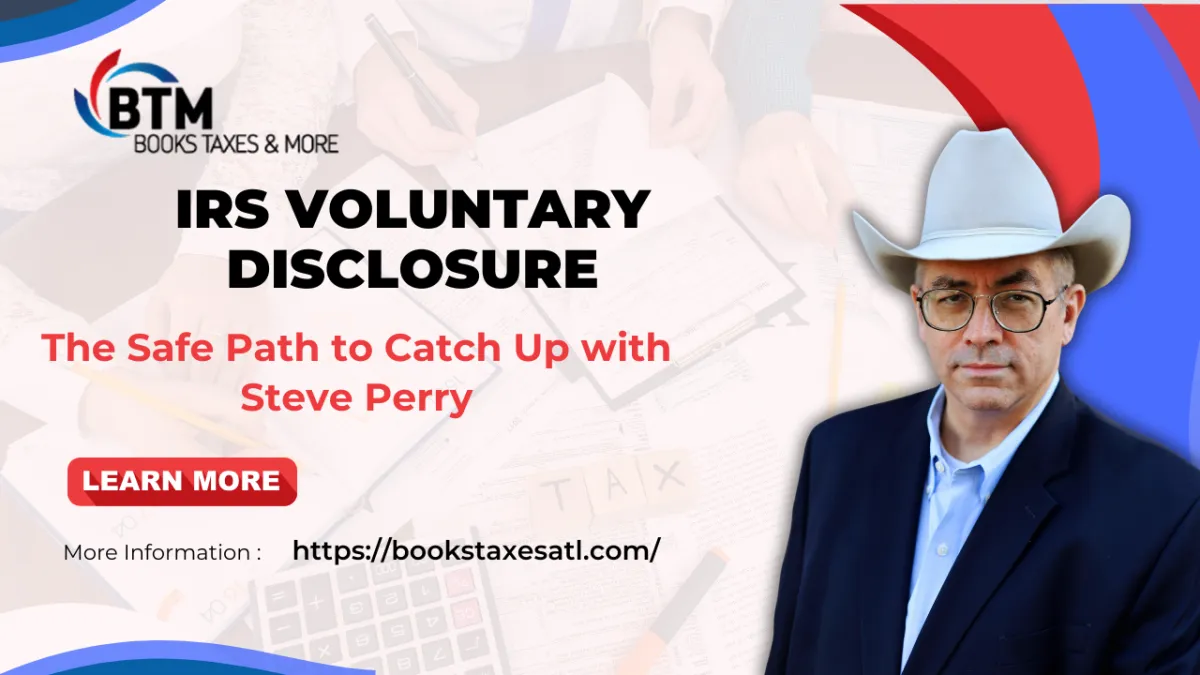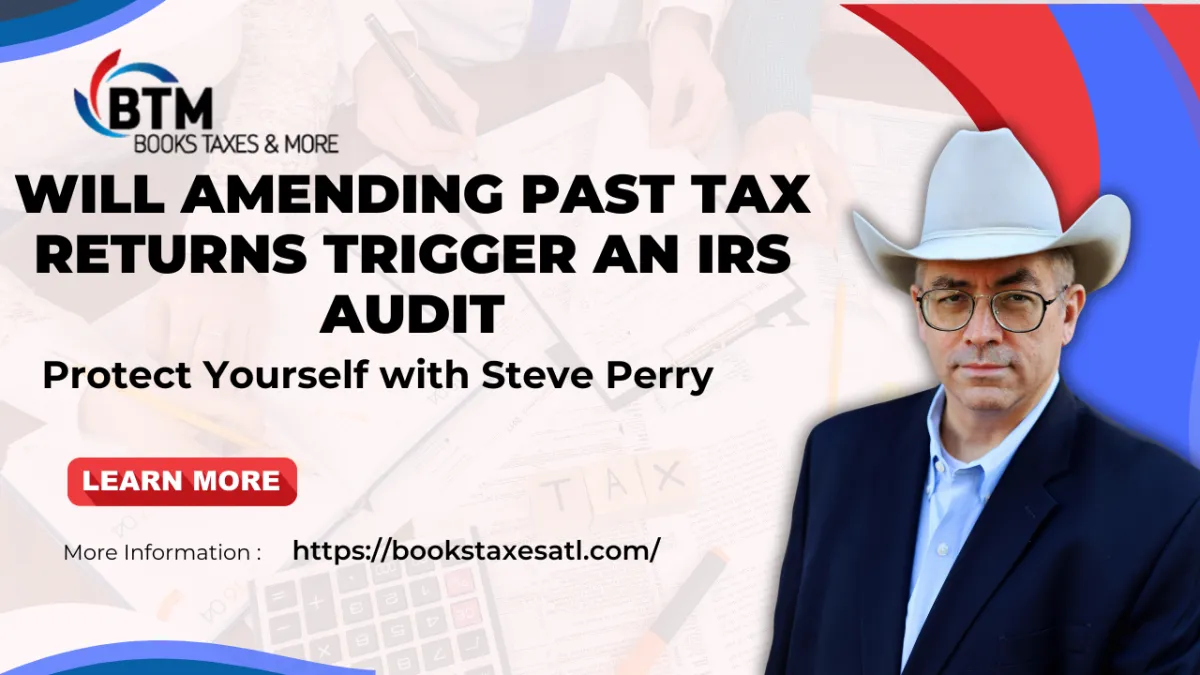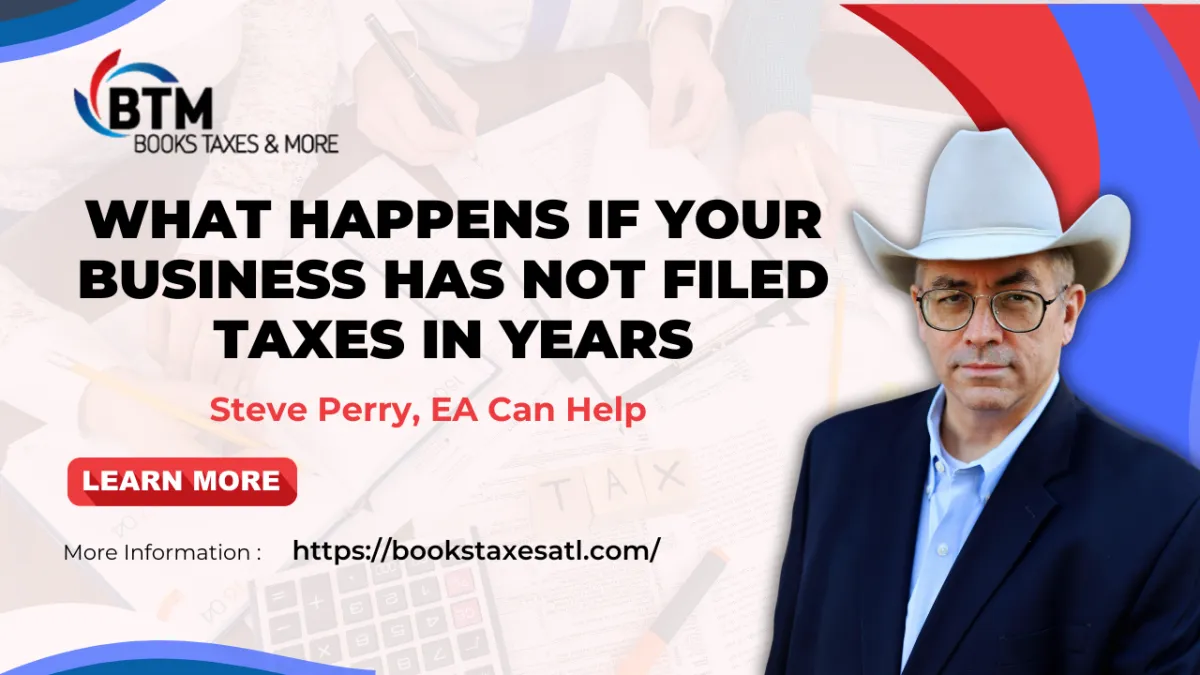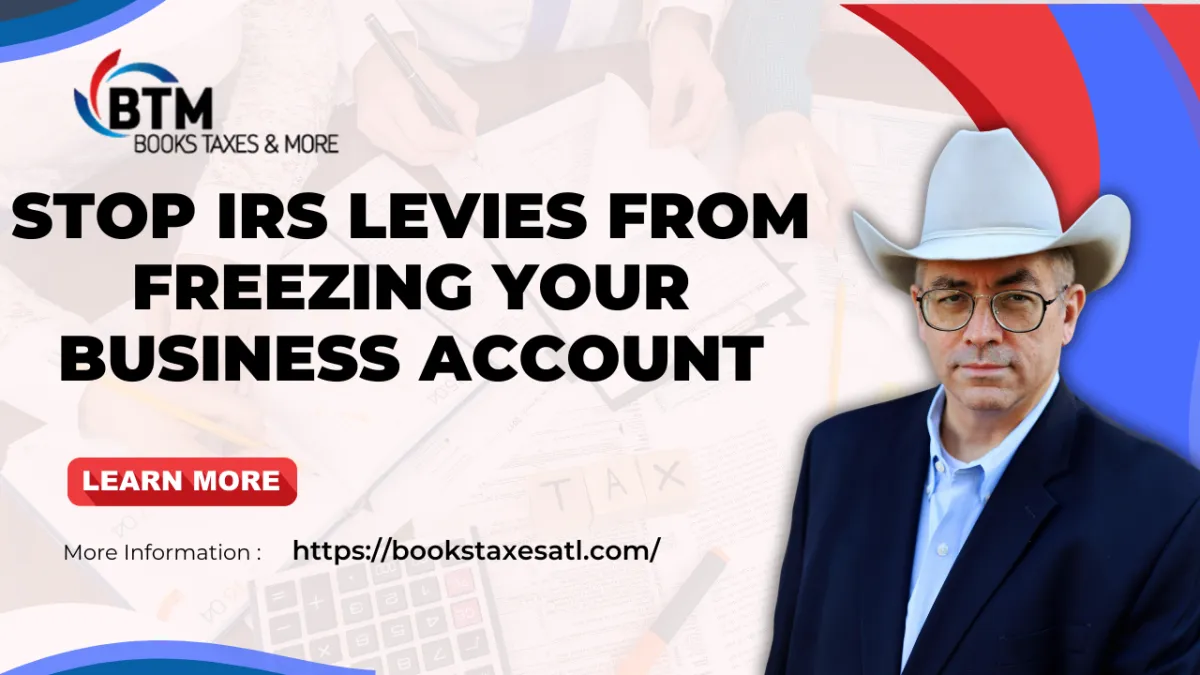IRS Voluntary Disclosure A Safe Path To Catch Up
Published on: 05/12/2025
IRS Voluntary Disclosure is the only safe way to resolve hidden tax problems before the IRS acts. Steve Perry EA offers expert defense and calm guidance.
Tax education articles and IRS representation advice for individuals and small businesses




